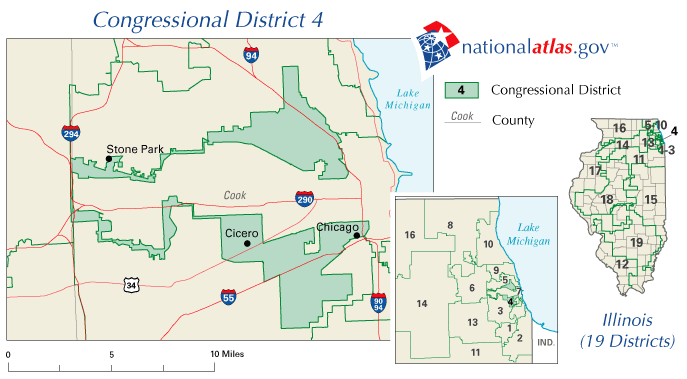Misconception #1: Proportionality
The argument goes something like, “Party X received 40% of the legislature votes across the state, but only won 20% of the seats. This is clearly a partisan gerrymander.”
Mismatched proportions alone are not enough to determine the existence of a gerrymander. In a first past the post electoral system a party that wins a significant majority of the votes in a region will generally win a disproportionate amount of roughly equal population districts within that region.
If a minority is distributed evenly throughout a state, and doesn’t have any area that is a stronghold, it can be impossible to draw district boundaries in such a way that that minority gets any seats at all. This is not merely a theoretical possibility. This is something that has actually been observed.
Dr. Moon Duchin is a math professor at Tufts University and the principal investigator of the MGGG Redistricting Lab which is a project that has among their goals: “To pursue cutting-edge research in the basic science and practically relevant applications of geometry, topology, and computing to the redistricting problem.”
Here’s a transcript of an interview (you can listen to it at the link as well) she gave with Quanta Magazine along with a couple paragraphs that summarize a real world example of a case of a gerrymander that wasn’t.
Moon Duchin on Fair Voting and Random Walks
Duchin: Yeah, my group did an analysis of our home state of Massachusetts, and what we found is that particularly in the 2000 to 2010 census cycle, there was actually no way. So even though Republicans get a third of the votes and more here in Massachusetts, even though there are nine seats, your heart may desire a third of the votes to produce a third of the seats, what we found is it’s not only difficult to get a third of the seats to go Republican. It is impossible to get even one.
Duchin: That is a long run of futility. And so at a first level of analysis, your gut feeling that that sure sounds like a Democratic-favoring gerrymander. And when we went to look at that, we were able to prove that it isn’t, that not only is the neutral tendency to get no Republican seats. It’s actually literally impossible. Even, it turns out, if you drop contiguity and you just grab precincts from all over the state greedily for Republicans, you will not find a single Republican district for those voting patterns that I was talking about.
So we see, that by itself, a disproportionate number of seats is not sufficient to show that a political gerrymander exists. When the minority is completely concentrated in one part of the region proportional representation can occur. When the minority is roughly evenly spread throughout the region the minority can be shut out completely. Reality is typically somewhere in the middle so representation above zero and and less than proportional should be expected.
